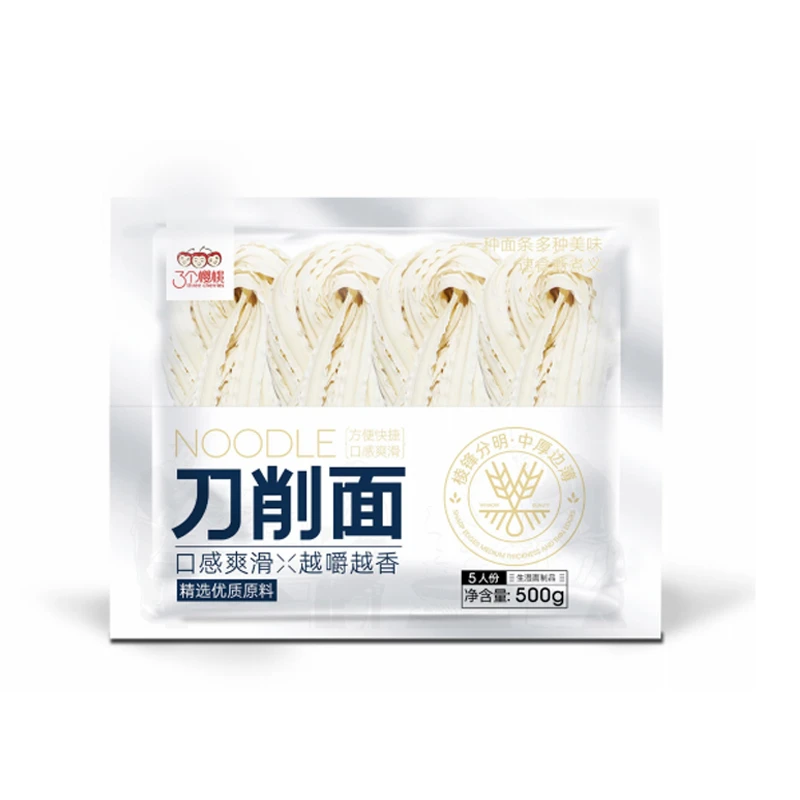Are Soba Noodles a Healthy Low-Calorie Option for Your Diet?
Are Soba Noodles Low-Calorie? Exploring Their Nutritional Profile
Soba noodles, made from buckwheat flour, have gained immense popularity among health-conscious eaters and those looking for gluten-free alternatives. But when it comes to calorie content, are soba noodles really a low-calorie option? In this article, we will delve into the nutritional aspects of soba noodles, compare them with other types of noodles, and discuss how they can fit into a balanced diet.
The Basics of Soba Noodles
Soba is a traditional Japanese noodle made primarily from buckwheat flour, although some variations may include wheat flour. Buckwheat is a pseudo-cereal known for its rich nutrient profile, including high levels of fiber, protein, and essential amino acids. Soba noodles can be served hot or cold, and they're often enjoyed in salads, soups, or stir-fries.
Caloric Content
The calorie content of soba noodles can vary based on how they are prepared, but on average, a serving of cooked soba noodles (approximately 1 cup or about 200 grams) contains around 100-120 calories. This is relatively low compared to traditional pasta, which can have upwards of 200 calories for the same serving size. However, it’s essential to consider how soba noodles are served, as added sauces, toppings, and sides can significantly increase the overall calorie count.
Nutritional Benefits
In addition to being lower in calories compared to many other noodles, soba noodles offer several nutritional benefits
1. High in Fiber Soba noodles contain dietary fiber, which aids in digestion and helps maintain a feeling of fullness. A high-fiber diet is linked to numerous health benefits, including improved heart health and reduced risk of chronic diseases.
2. Protein Source Buckwheat is one of the few plant-based foods that provide complete protein, meaning it contains all nine essential amino acids. This makes soba noodles a suitable option for vegetarians and vegans looking to increase their protein intake.
3. Rich in Antioxidants Buckwheat is rich in antioxidants, including rutin, which has been shown to have anti-inflammatory properties and may benefit cardiovascular health.
4. Gluten-Free Alternative For those with gluten intolerance or celiac disease, soba noodles (when made from 100% buckwheat) serve as a gluten-free pasta alternative, allowing individuals to enjoy pasta dishes without adverse effects.
are soba noodles low calorie

Comparing Soba with Other Noodles
When comparing soba noodles with other popular noodle varieties, such as spaghetti, rice noodles, or egg noodles, several factors come into play
- Calories As mentioned earlier, soba noodles typically have fewer calories than traditional wheat pasta or egg noodles. - Nutritional Profile While whole grain pasta offers some fiber and nutrients, soba noodles have the added benefits of being rich in antioxidants and providing more complete protein.
- Glycemic Index Soba noodles have a relatively low glycemic index, making them a good choice for those managing blood sugar levels. This means they can help maintain stable energy levels and prevent spikes in blood sugar.
Incorporating Soba into Your Diet
To enjoy the numerous benefits of soba noodles while keeping your meals low-calorie, consider the following tips
- Pair with Vegetables Add a variety of vegetables to your soba noodle dishes for added nutrients, fiber, and volume without significantly increasing calories.
- Use Broths For soups, use a low-sodium broth instead of cream-based sauces to keep the calorie count down.
- Mindful Portion Sizes Stick to recommended serving sizes and be mindful of high-calorie add-ins like sauces or oils, which can quickly elevate the calorie content of your meal.
Conclusion
In summary, soba noodles can be a low-calorie and nutritious addition to a well-balanced diet. With their unique flavor and impressive health benefits, they offer a versatile option for meal preparation. Whether you’re looking for a healthier pasta alternative or simply want to incorporate more whole foods into your meals, soba noodles are worth trying. Just remember to balance them with plenty of vegetables and lean proteins to create a satisfying and nutritious dish.
-
Unlock the Delicious Potential of Yam NoodlesNewsAug.11,2025
-
The Authentic Taste of Lanzhou NoodlesNewsAug.11,2025
-
Savor the Art of Hand Pulled NoodlesNewsAug.11,2025
-
Indulge in the Timeless Delight of Spaghetti BologneseNewsAug.11,2025
-
Indulge in the Rich Flavor of Braised Beef NoodlesNewsAug.11,2025
-
Elevate Your Meals with the Magic of Fresh PastaNewsAug.11,2025
-
Unleash Your Inner Chef with Delectable Italian Pasta CreationsNewsAug.01,2025
Browse qua the following product new the we

















































































































